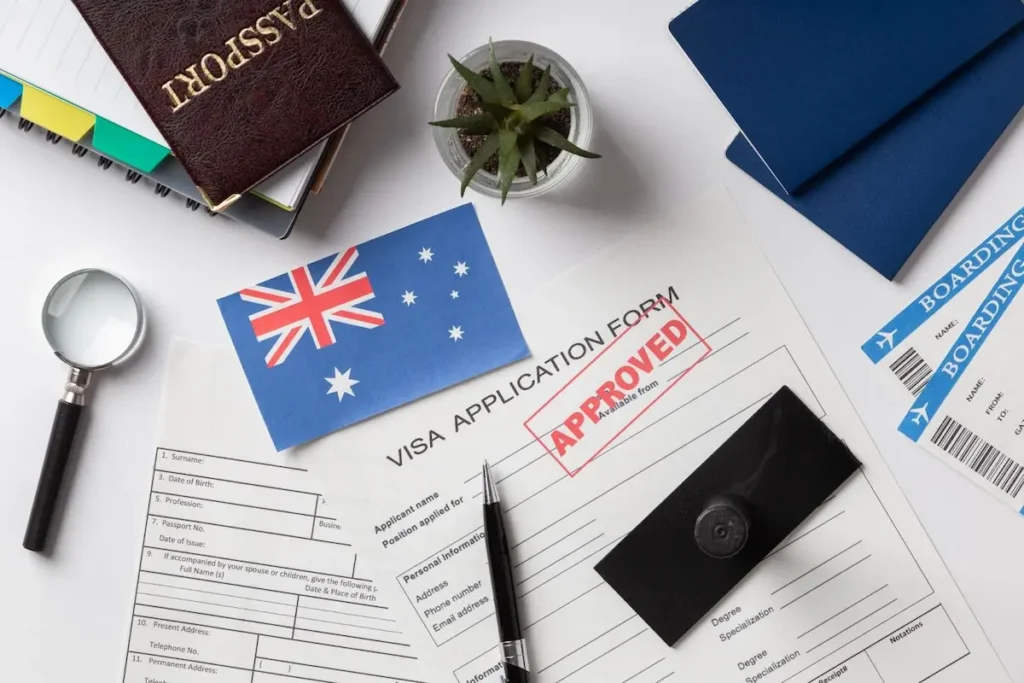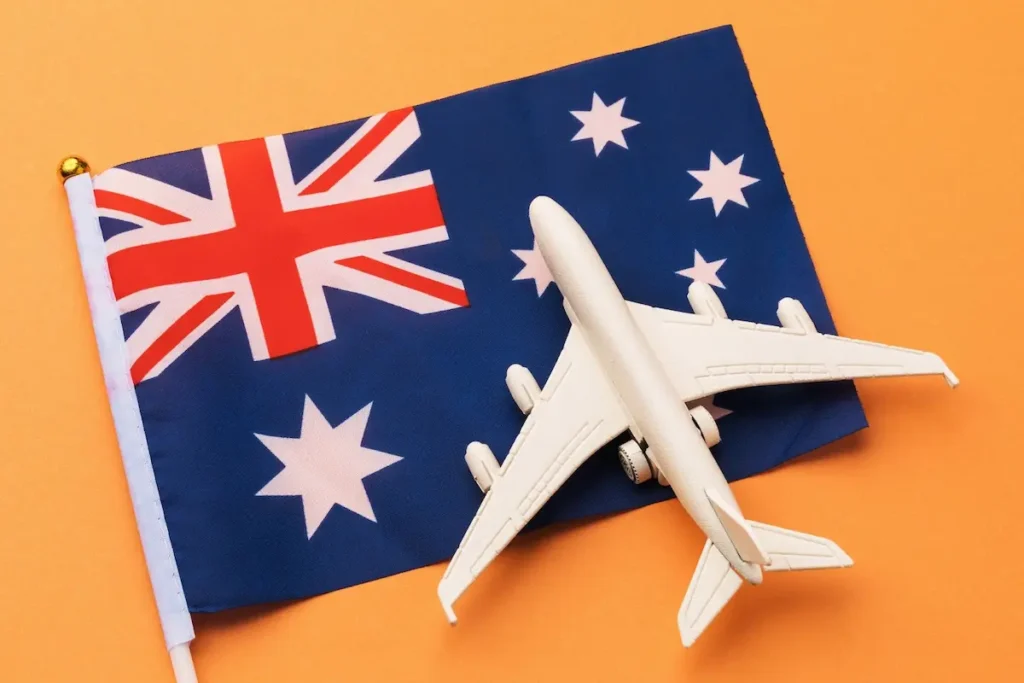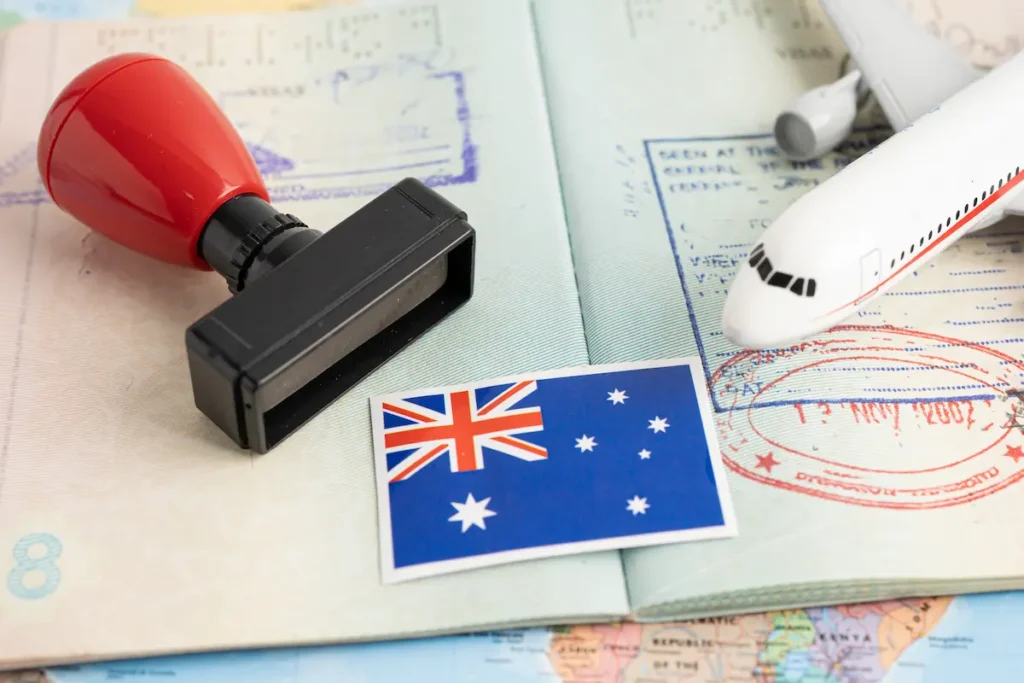Australia is facing an ongoing skills shortage across multiple industries—from construction and IT to healthcare and hospitality. This issue poses a real challenge for businesses seeking to grow and stay competitive in today’s fast-paced environment. When local recruitment hits a wall, the solution often lies beyond borders.
Enter the subclass 482 visa—a strategic tool for Australian employers to access international talent when they cannot find a suitably skilled worker locally. Officially known as the Temporary Skill Shortage (TSS) visa, the 482 temporary skill visa gives businesses the flexibility to fill critical positions efficiently while maintaining compliance with national employment standards.
In this article, we’ll explore what the 482 visa is, who it’s for, how it benefits employers, and how to get started if you’re considering sponsorship.
What is the 482 Visa?
The 482 visa—also referred to as the Temporary Skill Shortage visa—allows Australian employers to sponsor skilled overseas workers to fill job vacancies when qualified Australian workers are not available. It was introduced in 2018, replacing the previous subclass 457 visa, and continues to evolve under the new Skills in Demand visa framework.
There are three streams under the subclass 482 stream visa program:
1. Short-Term Stream
Designed for employers to fill short-term skill gaps. Valid for up to 2 years (or up to 4 years if an international trade obligation applies). Occupations must be listed on the Short-Term Skilled Occupation List (STSOL). This temporary visa stream is ideal for temporary roles.
2. Medium-Term Stream
Used to fill medium- to long-term shortages. Valid for up to 4 years and provides a clear pathway to apply for permanent residency. Occupations must be on the Medium and Long-Term Strategic Skills List (MLTSSL) or Regional Occupation List (ROL).
3. Labour Agreement Stream
Allows sponsorship through a negotiated labour agreement between a sponsoring employer and the Department of Home Affairs. This is suited for roles not covered by STSOL or MLTSSL—particularly for employers to address labour shortages in regional or niche industries.
The core purpose of the 482 visa is to address skill shortages in Australia while protecting the rights of Australian workers and ensuring sponsored workers receive fair treatment.
Comparison of 482 Visa Streams
| Stream | Duration | Eligible Occupations | PR Pathway | Ideal For |
| Short-Term Stream | Up to 2 years (4 years if ITO applies) | Listed on the Short-Term Skilled Occupation List (STSOL) | Not eligible | Temporary roles with limited long-term needs |
| Medium-Term Stream | Up to 4 years | Listed on the Medium and Long-Term Strategic Skills List (MLTSSL) or Regional Occupation List (ROL) | Eligible after 2–3 years | High-demand occupations needing long-term staffing |
| Labour Agreement Stream | Up to 4 years (negotiated terms) | Based on negotiated agreement with Department | May be eligible | Regional, niche or custom skill requirements |
Who Can You Sponsor with a 482 Visa?
Employers can sponsor temporary skilled workers for occupations listed on the official Skilled Occupation Lists, which are updated regularly to reflect Australia’s labour market needs. These roles span a variety of industries, including engineering, nursing, trades, information technology, and construction—critical sectors that are experiencing workforce shortages across the country.
To meet the 482 visa requirements, the visa applicant must have at least one to two years of experience in the nominated occupation, meet English language standards, and pass health and character requirements. This ensures that the primary visa applicant is fully prepared to live and work in Australia and contribute effectively from day one.

Benefits of Sponsoring Workers on a 482 Visa
Hiring through the 482 visa offers strategic advantages for any Australian business facing challenges in sourcing local talent. By leveraging this pathway, employers can tap into a global network of skilled professionals who are ready and qualified to work in Australia.
Fill Urgent Skill Gaps
When local recruitment stalls, accessing overseas talent allows businesses to fill essential roles without delays. The visa grant process for 482 is often quicker than other pathways.
Hire Experienced Talent
Every 482 visa holder must demonstrate relevant work experience in their field. This ensures you’re not just hiring workers—but professionals who can contribute immediately and meet business demands from day one.
Faster Turnaround Than PR Visas
Compared to permanent visa pathways, the 482 visa is a temporary option with faster processing times—often within 30–60 days.
Pathway to Permanent Residency
For those in the medium-term or labour streams, this visa can lead to permanent residency, supporting workforce stability and enabling sponsored employees to stay in Australia long-term.
Employer Requirements and Obligations
Before hiring through the 482 visa, a business must be approved as a Standard Business Sponsor (SBS) or enter into a labour agreement with the government.
Key Obligations Include:
| Requirement | Details |
| SAF Levy | AUD $1,200–$1,800 per nominee per year, depending on business turnover. Must be paid upfront. |
| Nomination Fees | Approximately AUD $330 per nomination application. |
| Minimum Salary (TSMIT) | At least AUD $73,150 + superannuation (as of July 2025). |
| Record-Keeping & Compliance | Must maintain accurate records and comply with Fair Work Act obligations, including equal terms and conditions for overseas and local employees. |
Common Challenges and How to Overcome Them
While the visa subclass 482 can be an invaluable solution, navigating the process can be complex. Here are common pain points and how to address them:
Complex Paperwork
From sponsorship approval to nomination and visa lodgement, the process involves multiple layers of documentation. Employers must be meticulous.
Tip: Work with a registered migration agent who can ensure your documentation meets the Department of Home Affairs’ standards.
Delays and Rejections
Applications can be delayed due to incomplete forms, missing documents, or unclear employment justifications.
Tip: Conduct detailed eligibility evaluations and maintain Labour Market Testing records, especially when hiring from outside Australia.
Compliance Risks
Failure to meet sponsorship obligations can lead to penalties, cancellation of sponsorship status, and reputational damage.
Tip: Stay updated with immigration law changes and regularly review your HR and payroll practices.

Is the 482 Visa Right for Your Business?
The TSS 482 visa is ideal for businesses that:
- Face persistent skill gaps in niche or specialised roles
- Need to fill vacancies urgently and cannot wait for local upskilling
- Want to retain overseas workers beyond temporary contracts
- Operate in regional areas where skilled talent is harder to find
If your occupation isn’t listed, alternatives like the Employer Nomination Scheme (subclass 186) or Skilled Independent (subclass 189) skilled visa may be worth exploring.
How to Get Started
Applying for a 482 visa involves three major steps:
1. Become a Standard Business Sponsorship (SBS)
Register with the Department of Home Affairs. You’ll need to prove your business is operating legally and meets sponsorship criteria.
2. Nominate the Overseas Worker
Choose an occupation from the Skilled Occupation Lists and demonstrate the genuine need for the role, including Labour Market Testing.
3. Visa Application by the Worker
Once nominated, the worker can apply for this visa, meeting character, health, skills, and English language requirements.
Pro Tip: A migration specialist can help you navigate all three stages efficiently and minimise the chance of errors or delays.
FAQs
Can I Sponsor More Than One Worker?
Yes, as long as each role is genuine and meets eligibility criteria, you may sponsor multiple workers under the 482 visa program.
What Happens if My Sponsored Worker Leaves?
You must notify the Department of Home Affairs within 10 days. If a worker chooses to leave Australia, you’re responsible for the costs of returning them to their home country (if requested).
How Long Does the Process Take?
The average processing time is:
- 35–60 days for medium-term stream
- Up to 51 days for short-term stream
- As fast as 14 days under labour agreements
What Are My Obligations as an Employer?
You must:
- Pay the SAF levy
- Provide market-rate salary
- Ensure fair work conditions
- Keep records and comply with audits
Conclusion
Australia’s labour market continues to evolve, but for many industries, the skills gap remains a persistent challenge. The 482 visa provides a structured, legal, and efficient pathway for employers to access the global workforce while upholding Australian workplace standards.
From boosting workforce capacity to laying the groundwork for long-term talent retention, the visa 482 Australia program is a valuable asset in today’s competitive market.
If you’re struggling to find the right skills locally, it may be time to assess your staffing needs and explore the possibilities of the skills in demand visa Australia.
Ready to Take the Next Step?
At Global Talent Connect, we specialise in helping Australian businesses navigate the complexities of the 482 visa process with confidence and clarity. From eligibility assessments and documentation to liaising with authorities, we ensure your application aligns with current regulations and delivers real results.
Book a consultation with one of our registered migration specialists today—or contact us to discuss how we can help your business access skilled talent and fill hard-to-recruit roles efficiently.
Let Global Talent Connect be your trusted partner in building a stronger, more capable workforce, and help skilled workers join you in Australia.

